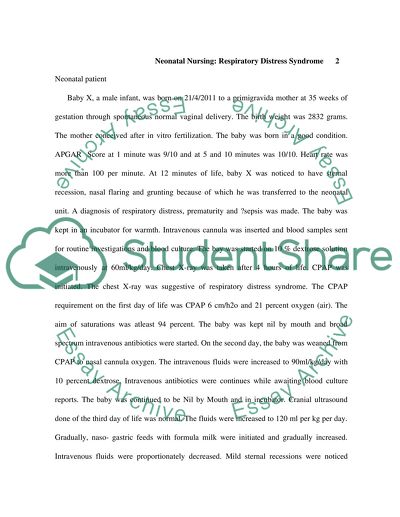Cite this document
(“Neonatal Nursing: Respiratory Distress Syndrome Essay”, n.d.)
Retrieved from https://studentshare.org/nursing/1419953-anatomy-and-physiology-the-theory-that-underpins-neonatal-nursing
Retrieved from https://studentshare.org/nursing/1419953-anatomy-and-physiology-the-theory-that-underpins-neonatal-nursing
(Neonatal Nursing: Respiratory Distress Syndrome Essay)
https://studentshare.org/nursing/1419953-anatomy-and-physiology-the-theory-that-underpins-neonatal-nursing.
https://studentshare.org/nursing/1419953-anatomy-and-physiology-the-theory-that-underpins-neonatal-nursing.
“Neonatal Nursing: Respiratory Distress Syndrome Essay”, n.d. https://studentshare.org/nursing/1419953-anatomy-and-physiology-the-theory-that-underpins-neonatal-nursing.


